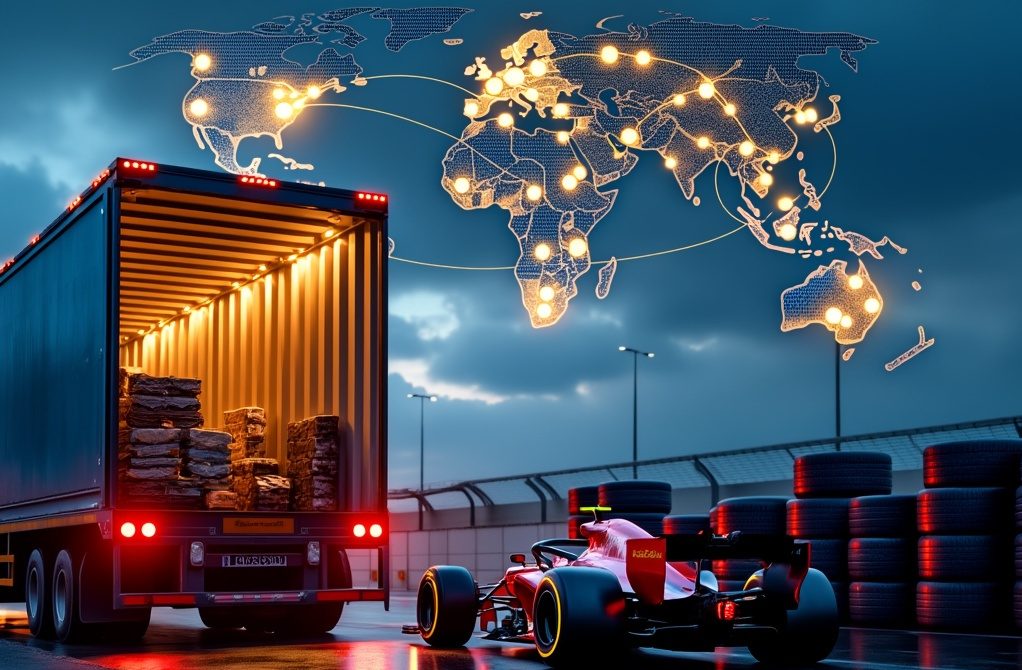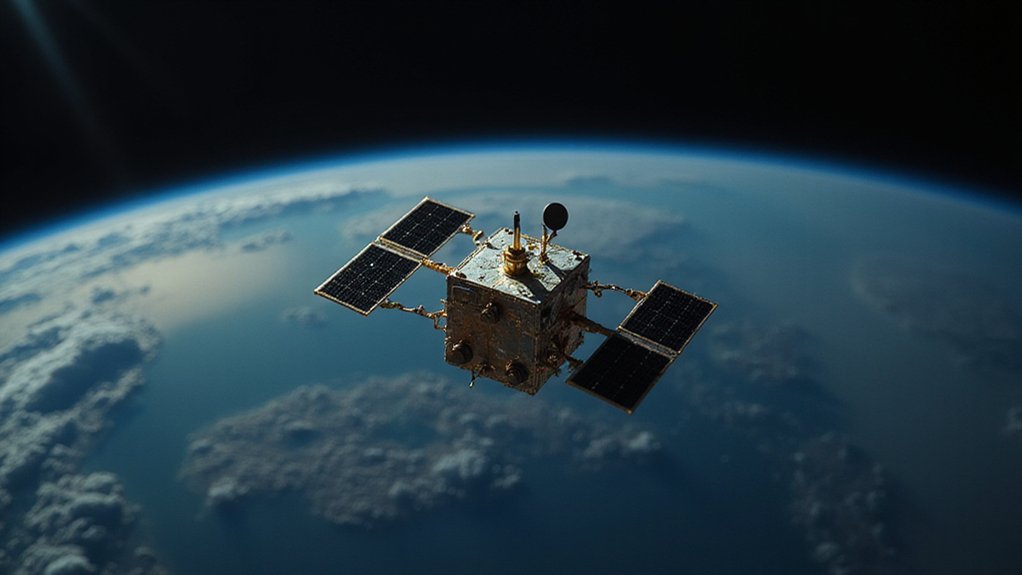When most people think of Formula 1, they picture sleek cars zooming around tracks at 200 miles per hour. What they don’t see is the mind-boggling circus act happening behind the scenes. We’re talking about moving 1,500 tons of equipment across 21 countries on five continents every single year. That’s not racing. That’s insanity on wheels.
Each team hauls around 50 tonnes of gear per race weekend. Cars, spare parts, pit equipment, computers, and those fancy motorhomes that take 32 hours to assemble. Yeah, 32 hours just to put together a glorified office on wheels. The kicker? They tear it all down in a single day and ship it to the next location. Twenty-four times a year.
The logistics start 18 months before anyone even thinks about waving a checkered flag. Teams work with companies like DHL to coordinate this elaborate dance of planes, ships, and trucks. The Formula 1 logistics operation utilizes 404 shipping containers for sea freight movements alongside 35 tons of air freight capacity. Air freight for the vital stuff – because God forbid a steering wheel gets stuck in customs. Sea freight for the bulky equipment that can take its sweet time crossing oceans. And 27 lorries rolling into each European venue, ready to be unloaded over five grueling days.
Here’s where it gets ridiculous. Top teams blow through $100 million annually just on logistics. The entire F1 circus? Over $8 million per race weekend, collectively. That’s more than most people’s lottery dreams, spent on moving stuff from point A to point B. Teams transport tens of thousands of individual parts for each event, from tiny bolts to complete chassis components.
The real nightmare comes with back-to-back races. Teams have mere days to pack up, transport everything hundreds of miles, and set up shop again. Weather screws up plans. Politics mess with border crossings. One delayed shipment and suddenly a multimillion-dollar race car is missing vital parts.
They’ve got tracking systems monitoring every precious component, insurance policies that would make your head spin, and backup plans for their backup plans. Because when you’re moving this much expensive equipment across 120,700 kilometers per team each year, Murphy’s Law isn’t just a possibility – it’s a guarantee.
References
- https://www.formula1.com/en/latest/article/f1-explains-the-incredible-logistics-of-f1-and-how-the-sport-moves-more.1FZRbv4U6DpFMThxNoj31X
- https://www.youtube.com/watch?v=n6uWuL4_pDI
- https://log-hub.com/inside-the-formula-1-logistics-race/
- https://f1miamigp.com/news/press-release/the-logistics-of-formula-1/
- https://www.shiplilly.com/blog/navigating-the-complex-logistics-of-formula-one/









